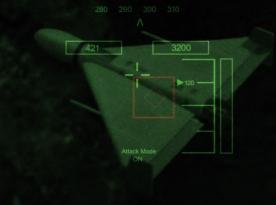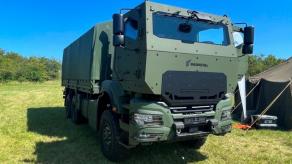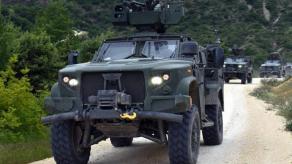Bomb disposal technicians of the Ukrainian State Emergency Service have found and neutralized the remnants of a Kh-55 air-launched missile. The russian invasionforces had used this one in an aerial long-range attack on Kyiv on November 28, SES press service reports.
This means russians have revived the practice of using Soviet Kh-55s as decoys during massive waves of loitering munitions and missiles equipped with actual warheads. This method of overwhelming the Ukrainian air defense with the number of targets was prominently popular with the russians around November 2022 to May 2023 and then somewhat forgotten until recently. This also marks the first time russians used this tactic to launch strikes on the power supply infrastructure of Ukraine.
Read more: During Aerial Attack, russians Used Kh-101 Missiles With Engines From Kh-55, Exposing Their Greatest Vulnerability
The brief notice by Ukrainian SES doesn't mention what kind of warhead the neutralized missile was equipped with. This type of missile was designed to carry nuclear warheads but in the mentioned role of decoy, it usually had relatively harmless warhead dummies, replicating the size and weight of the original.
The broader implication of this finding is that the Kh-55 completes the picture of the missile attack on Ukraine on November 28th. Firstly, this decoy missile was likely paired with a massive drone assault consisting of 97 Shahed-136 and unidentified loitering munitions. The decision to allocate resources this way was probably a result of analyzing previous air attacks on Ukraine.
Another aspect is that russians chose to spend Kh-55s alongside the Kh-101 missiles: in the latest modernization, a Kh-101 has dipole reflectors, aka "radio flares," to counter air defense missiles.
Worth noting, although russia once possessed a large reserve of Kh-55s, their numbers started dwindling rapidly, not least because the russian defense industry began stripping the missiles off their engines to increase production rates of the Kh-101.

These factors combined draw a clearer picture of the tactics russians currently find most successful and use to target Ukraine's power-generating infrastructure.
Read more: russian Terrorists Used Kh-101 Cruise Missile, Which Launched Decoy Flares to Mislead Ukraine’s Air Defense














